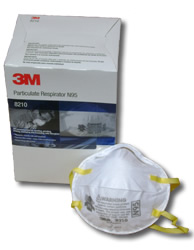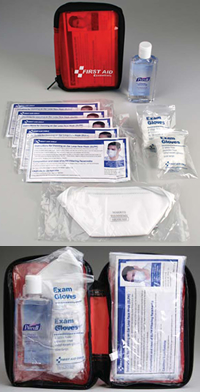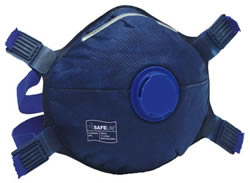Swine Influenza (Flu)
Human cases of swine influenza A (H1N1) virus infection have been identified in the United States. Human cases of swine influenza A (H1N1) virus infection also have been identified internationally.
Click Here for More Information on Swine Influenza (Flu)
Swine Flu website last updated Sept. 4th, 2009 5:00 PM ET
Each week CDC analyzes information about influenza disease activity in the United States and publishes findings of key flu indicators in a report called FluView. During the week of August 23-29, 2009, a review of these key indicators found that influenza activity increased in the United States.
- Visits to doctors for influenza-like illness (ILI) were highest in February during the 2008-09 flu season, but rose again in April 2009 after the new 2009 H1N1 virus emerged. Current visits to doctors for influenza-like illness are down from April, but are higher than what is expected in the summer and have increased over the last two weeks.
- Total influenza hospitalization rates for adults and children are similar to or lower than seasonal influenza hospitalization rates depending on age group, but are higher than expected during this time of year.
- The proportion of deaths attributed to pneumonia and influenza (P&I) was low and within the bounds of what is expected in the summer.
- Most state health officials are reporting regional or sporadic influenza activity. Six states (Alabama, Alaska, Florida, Georgia, Mississippi, and South Carolina) and Puerto Rico are reporting widespread influenza activity at this time. Any reports of widespread influenza activity in August are very unusual.
- Almost all of the influenza viruses identified were the new 2009 H1N1 influenza A viruses. These 2009 H1N1 viruses remain similar to the viruses chosen for the 2009 H1N1 vaccine and remain susceptible to antiviral drugs (oseltamivir and zanamivir) with rare exception.
Click Here for More Information on Masks
|
U.S. Influenza and Pneumonia-Associated Hospitalizations
and Deaths from August 30 – March 27, 2010
Posted April 2, 2010 11:00 AM ET
Data reported to CDC by November 3, 2009, 12:00 AM ET
Cases Defined By |
# of Hospitalizations
|
Deaths |
Influenza Laboratory-Tests** |
41,689 |
2,069 |
*Reports can be based on syndromic, admission or discharge data, or a combination of data elements that could include laboratory-confirmed and influenza-like illness hospitalizations.
**Laboratory confirmation includes any positive influenza test (rapid influenza tests, RT-PCR, DFA, IFA, or culture), whether or not typing was done.
This table is based on data from a new influenza and pneumonia hospitalizations and deaths web-based reporting system that will be used to monitor trends in activity. This is the second week of data from this new system and reflects reports by 39 of 56 jurisdictions this week. The table shows aggregate reports of all influenza and pneumonia-associated hospitalizations and deaths (including 2009 H1N1 and seasonal flu) since August 30, 2009 received by CDC from U.S. states and territories. This table will be updated weekly each Friday at 11 a.m. For the 2009-2010 influenza season, states are reporting based on new case definitions for hospitalizations and deaths effective August 30, 2009.
CDC will continue to use its traditional surveillance systems to track the progress of the 2009-2010 influenza season. For more information about influenza surveillance, including reporting of influenza-associated hospitalizations and deaths, see Questions and Answers: Monitoring Influenza Activity, Including 2009 H1N1.
The number of 2009 H1N1 hospitalizations and deaths reported to CDC from April – August 2009 is available on the Past Situation Updates page.
For state level information, refer to state health departments.
International Human Cases of 2009 H1N1 Flu Infection
See: World Health Organization. |
|


![]()









































